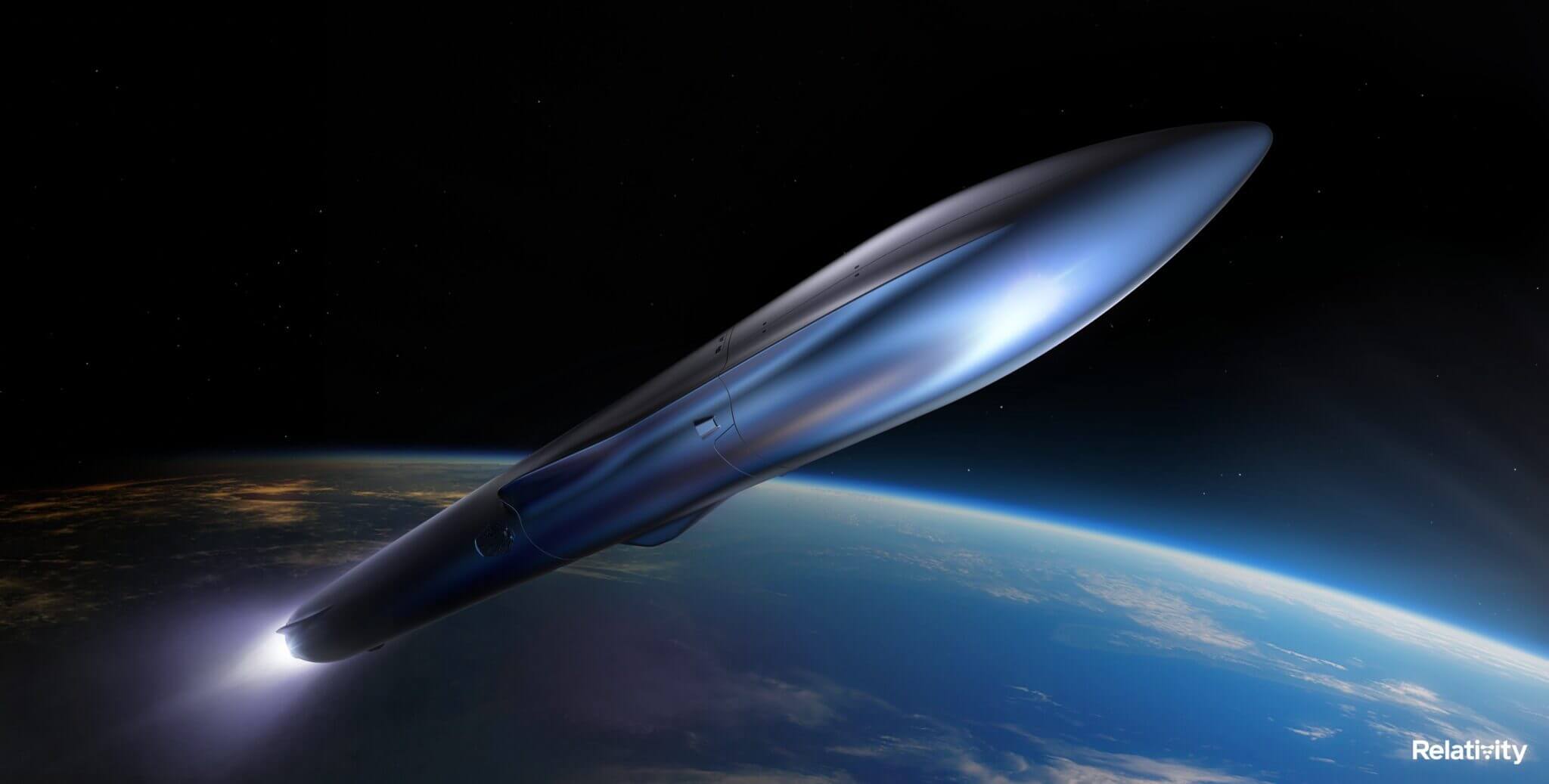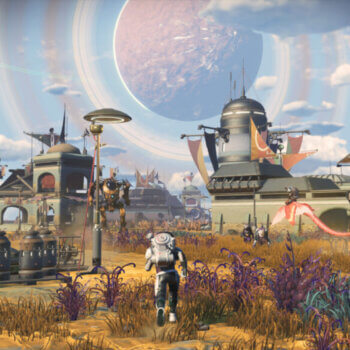With a launch scheduled in 2024, Relativity Space will have accomplished something not even SpaceX has yet been able to do. The company has managed to create a new vision for spaceflight, transforming the aerospace industry and making their rockets strong competitors for Blue Origin and SpaceX in just 6 short years. But they’re also transforming spaceflight for the average person. As the company’s first launch looms near, so too does the possibility that space will become affordable and accessible to more people and more nations, not just those that control a large amount of wealth.
The key to Relativity Space’s success is none other than an unassuming piece of machinery: the 3D printer.
It’s not, of course, just any store bought 3D printer. Their Factory of the Future houses Stargate, the world’s largest 3D metal printer that uses custom metal alloys. Stargate melts metal wire one layer at a time to create carefully designed, minimalistic parts. These parts can have tens of thousands of layers, with individual sections as tall as 36 feet. The finished product retains the rough bumpy texture of 3D printed items but can be machined down to look indistinguishable from regular metal. And the texture does add 5–10% more mass to the rocket, but this doesn’t put the 3D printed rockets at an aerodynamic disadvantage compared to their traditional counterparts.

In fact, there are many key advantages to 3D printing a rocket compared to traditional methods of construction. These numerous benefits are what led founders Tim Ellis and Jordan Noone — formerly from Blue Origin and SpaceX, respectively — to start their own company centered around the idea.
Among the advantages, perhaps the most impressive is the reduction in the number of parts. Where a traditional rocket can have over 100,000 individual parts, printed rockets have less than 1,000. This is 100 times fewer parts at a fraction of the cost and time. Take, for example, Relativity Space’s Aeon 1 engine. A similar engine would have taken 3,000 parts to construct. Aeon 1 took only 3, and was completed in 9 days. Their rockets — Terran 1 and Terran R — have completion times of just 2 months as compared to a 2 year completion time for traditional rockets.
This iteration is the company’s biggest strength. The short time it takes to go from raw material to completed product means that engineers are free to design, build, and test their parts at a rapid rate, improving something like an engine from one month to the next until they have a perfected design. New software, computer simulations, and artificial intelligence are a large part of this perfection process. Their Aeon 1 engine has, to date, completed over 500 test runs.

This brilliant use of artificial intelligence and automation means spaceflight could become 10–100 times cheaper. But there’s another important factor contributing to this immense reduction in cost. It’s the accomplishment Relativity Space will have managed to achieve before SpaceX — if they carry out the successful launch of their Terran R rocket in 2024.
Terran R will be fully reusable. Everything from the first and second stages, the engines, and the payload fairing can be used on multiple LEO (low Earth orbit) trips. Even SpaceX’s Falcon 9 rockets are only partially reusable, though SpaceX is working on releasing a fully reusable model sometime in the next few years. As compared to Terran 1 launching 3 months from now, Terran R will be much bigger, capable of a heavier payload, and will be entirely reusable.

Relativity Space’s potential hasn’t escaped the attention of many prominent investors. Apart from having raised $1.3 billion in investments to date, the company has also partnered with NASA and the US Air Force. However, the company’s ambitions extend far beyond Earth. Relativity Space aims to help establish human colonies on Mars and to print the very first rocket on the surface of the Red Planet. 3D printed materials, being both lightweight and affordable, could become a vital technology in helping establish a new colony.
For the founders — and for all of us with dreams of traveling to the Solar System’s bounty of worlds — this technologically-paved journey has always been about the human experience. It’s about expanding the perspectives and possibilities of mankind. Becoming a wiser, more diverse interplanetary species will require an effort on the part of many companies and governments across the world. There is no single group of people, nor any single approach to technology, which will make our spacefaring dreams come true. 3D printed rockets are just one page in the blueprint for the stars.





























